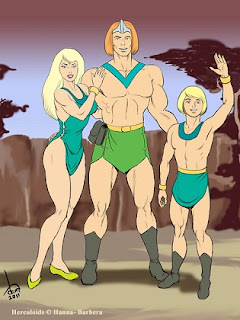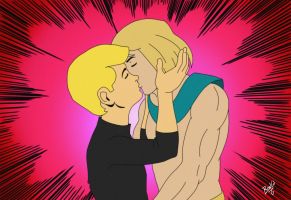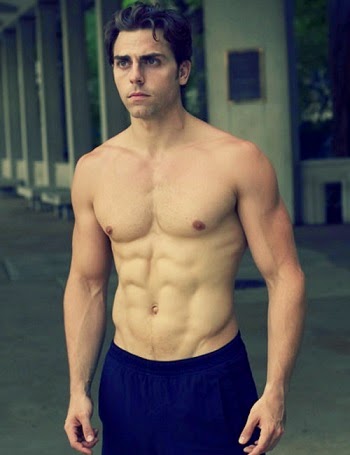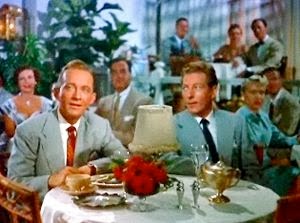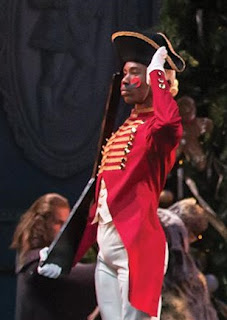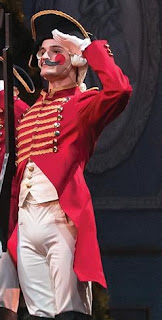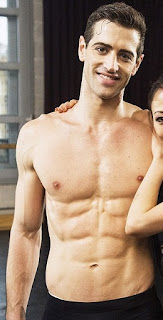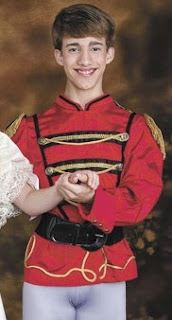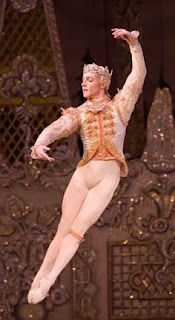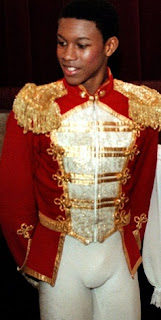In the mid-1980s, Americans were afraid. We had a crazy president who wanted to start a nuclear war (not as crazy as the Orange Goblin, though). People thought that AIDS could be transmitted through drinking water and mosquitoes. Unemployment was as high as during the Depression, the violent crime rate higher than ever before in history.
No wonder people wanted to go to a place "where everybody knows your name, and they're always glad you came."
Cheers (1982-93) was must-see tv, as in all your relatives and everybody at work talked about it constantly, so you had no choice but to watch.
The premise: Sam Malone (Ted Danson) flopped as a ball player due to his alcoholism, so he opens a bar in Boston (really?) and begins love-hate sniping with his stuck-up Ivy-League grad student barmaid Diane (Shelley Long), and later with neurotic bar manager Rebecca (Kirstie Alley).
Other cast members included earthy barmaid Carla (Rhea Pearlman), dimwitted bartender Coach (Nicholas Colassanto), replaced after the actor's death by Woody (Woody Harrelson), and two bar patrons, the rotund Norm (George Wendt) and the talkative Cliff (John Ratzenberger).
In spite of the theme song, no one knew any gay names.
Gay patrons came to the bar in only one episode. The gang sees two metrosexual guys talking and laughing, thinks they're gay, and is about ready to string them up, when Diane reveals that the real gay guys, two bears, have been masquerading as part of the mob.
Carla is particularly homophobic. "If they keep coming out of the closet, there won't be any men left, and I'll have to. . .ugh!" she says, imagining sex with Diane.
Not only is the bar gay-free, there aren't any significant homoerotic subtexts. Cliff and Norm are buddies, but reject any hint of affection. The female characters seem as boy- crazy as Betty and Veronica in Archie comics: Carla has a dozen kids with many different men; Diane leaves two men at the altar; Rebecca has an unrequited golddigger crush on a millionaire.
Sam was the hunk of the series -- Ted Danson even posed for Playgirl (not nude) -- and two other male cast members warranted gazing.
1. Woody (before Woody Harrelson, left, got craggy and redneck).
2. Hockey player Eddie (radio personality Jay Thomas, previously seen on Mork and Mindy), Carla's love interest for a season. But since almost all of the action occurred on two sets, the bar and Sam's office, there was little opportunity for disrobing, thus no beefcake.
Not a lot of gay allies in the cast. Kirstie Alley was rather aggressive in "defending" John Travolta from the "insult" of gay rumors. Ted Danson and Woody Harrelson have both played swishy gay stereotype.
In 1993, stuffy psychiatrist Frasier Crane (Kelsey Grammer) spun off onto his own series, Frasier, which lasted for another 11 years.
No wonder people wanted to go to a place "where everybody knows your name, and they're always glad you came."
Cheers (1982-93) was must-see tv, as in all your relatives and everybody at work talked about it constantly, so you had no choice but to watch.
The premise: Sam Malone (Ted Danson) flopped as a ball player due to his alcoholism, so he opens a bar in Boston (really?) and begins love-hate sniping with his stuck-up Ivy-League grad student barmaid Diane (Shelley Long), and later with neurotic bar manager Rebecca (Kirstie Alley).
Other cast members included earthy barmaid Carla (Rhea Pearlman), dimwitted bartender Coach (Nicholas Colassanto), replaced after the actor's death by Woody (Woody Harrelson), and two bar patrons, the rotund Norm (George Wendt) and the talkative Cliff (John Ratzenberger).
In spite of the theme song, no one knew any gay names.
Gay patrons came to the bar in only one episode. The gang sees two metrosexual guys talking and laughing, thinks they're gay, and is about ready to string them up, when Diane reveals that the real gay guys, two bears, have been masquerading as part of the mob.
Carla is particularly homophobic. "If they keep coming out of the closet, there won't be any men left, and I'll have to. . .ugh!" she says, imagining sex with Diane.
Not only is the bar gay-free, there aren't any significant homoerotic subtexts. Cliff and Norm are buddies, but reject any hint of affection. The female characters seem as boy- crazy as Betty and Veronica in Archie comics: Carla has a dozen kids with many different men; Diane leaves two men at the altar; Rebecca has an unrequited golddigger crush on a millionaire.
Sam was the hunk of the series -- Ted Danson even posed for Playgirl (not nude) -- and two other male cast members warranted gazing.
1. Woody (before Woody Harrelson, left, got craggy and redneck).
2. Hockey player Eddie (radio personality Jay Thomas, previously seen on Mork and Mindy), Carla's love interest for a season. But since almost all of the action occurred on two sets, the bar and Sam's office, there was little opportunity for disrobing, thus no beefcake.
Not a lot of gay allies in the cast. Kirstie Alley was rather aggressive in "defending" John Travolta from the "insult" of gay rumors. Ted Danson and Woody Harrelson have both played swishy gay stereotype.
In 1993, stuffy psychiatrist Frasier Crane (Kelsey Grammer) spun off onto his own series, Frasier, which lasted for another 11 years.














